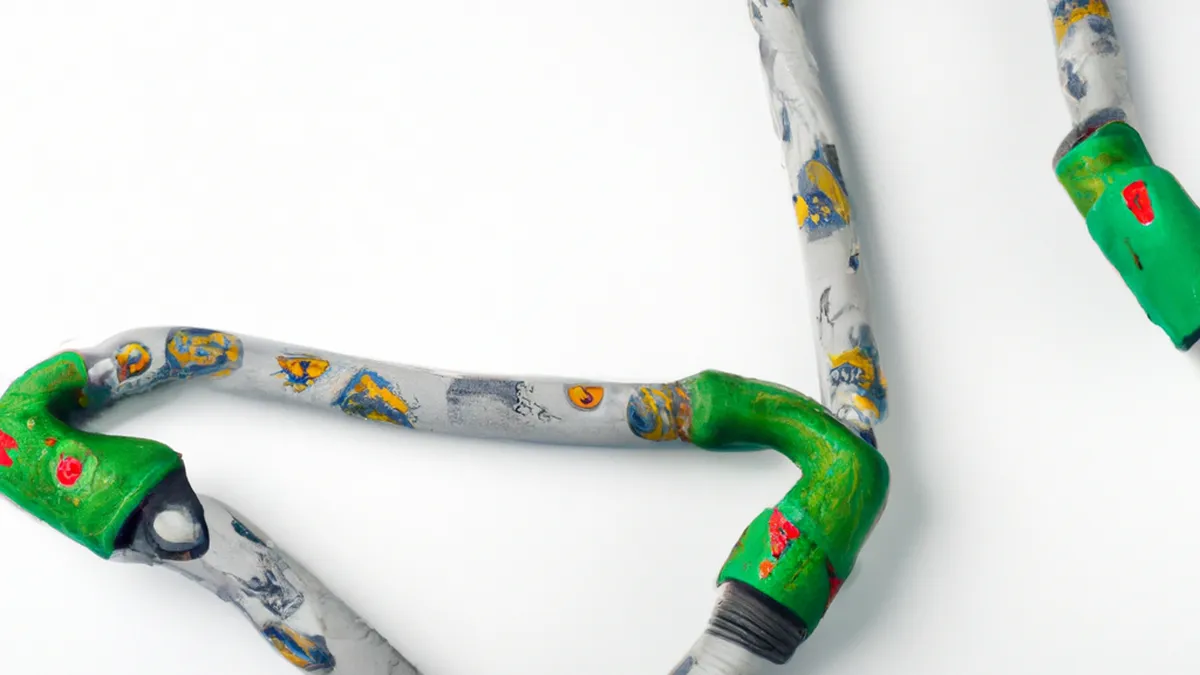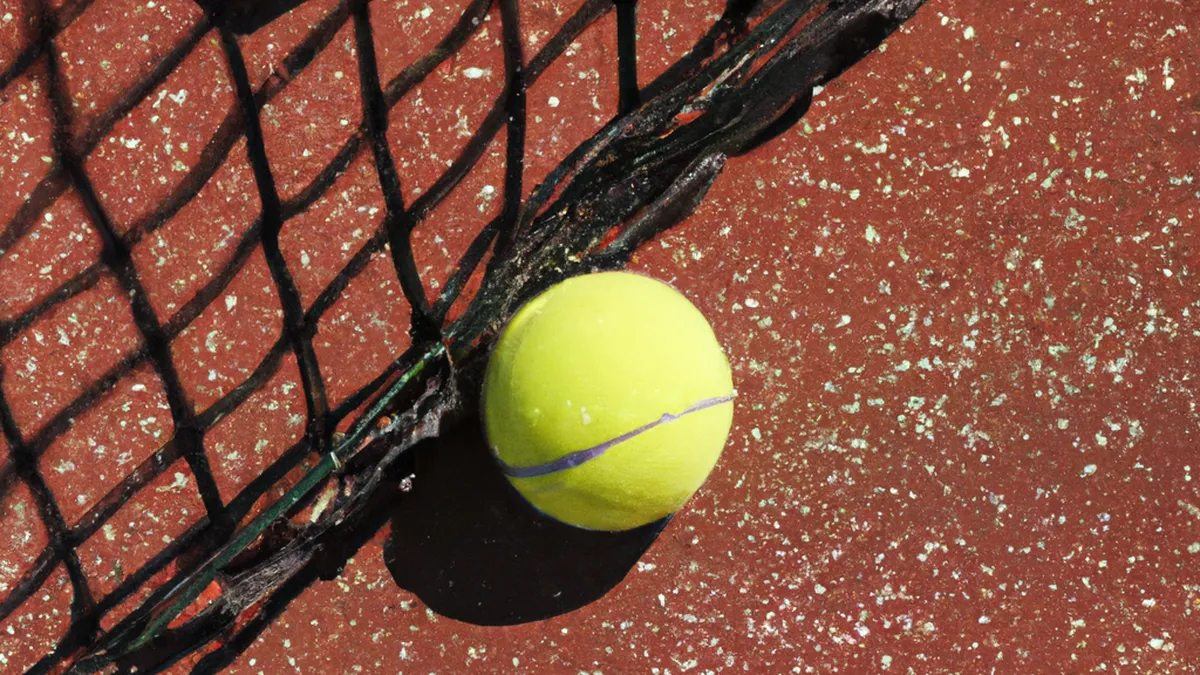Core Stability: Key to Climbing Excellence
The Importance of Core Stability for Advanced Climbing Techniques
Climbing demands strength, technique, and strategy. Core stability plays a crucial role in these aspects. It forms the foundation for advanced climbing techniques. A strong core enhances your balance, control, and overall performance. This blog explores core stability’s critical role in climbing and offers practical tips.
Understanding Core Stability
Core stability involves your abdomen, lower back, and pelvis muscles supporting your spine. These muscles maintain balance and stability during climbing. A stable core helps position your body effectively. It also aids power transfer from your limbs to climbing movements.
Many climbers underestimate a strong core’s importance. However, it is essential for advanced techniques like dynamic moves and heel hooks. Without core stability, climbers struggle to maintain control and balance. This struggle leads to inefficient movements and a higher risk of injury.
Tips for Building Core Stability
Climbers should focus on specific exercises to improve core stability. Here are some effective options:
1. Planks
Planks serve as a fundamental core stability exercise. Begin in a basic plank position, keeping your body straight. Hold this position for 30 seconds, gradually increasing the duration. Planks engage multiple core muscles, promoting overall stability.
2. Dead Bugs
The dead bug exercise targets core strength and coordination. Lie on your back with arms extended and knees bent at 90 degrees. Slowly lower one arm and the opposite leg, then return to the starting position. Alternate sides for several repetitions. This exercise improves climbing control.
3. Russian Twists
Russian twists enhance rotational strength, vital for climbing. Sit on the ground with bent knees and lean back slightly. Hold a weight or medicine ball and twist your torso from side to side. This movement mimics the twisting motions required on challenging routes.
Advice for Integrating Core Work into Climbing Training
Incorporating core exercises into your climbing routine is essential. Here are practical ways to do this:
1. Warm-Up with Core Exercises
Begin your climbing sessions with core stability exercises. This primes your muscles for activity. Spend 10-15 minutes on planks, dead bugs, or Russian twists before climbing.
2. Combine Core Work with Climbing Drills
Integrate core exercises into your climbing drills. For example, practice traversing while engaging your core muscles. Focus on maintaining stability as you move. This reinforces the connection between core strength and climbing performance.
3. Regularly Assess Your Core Strength
Regular assessments help track your progress. Use various core exercises to evaluate your strength. Consider working with a coach for personalized feedback. This ensures you target the right areas for improvement.
Benefits of Core Stability in Climbing
Improving your core stability offers numerous benefits. Here are key advantages:
1. Enhanced Balance and Control
A strong core improves your wall balance. This allows for precise foot placements and handholds. Consequently, you can climb more efficiently and confidently.
2. Increased Power Transfer
Core stability enables better power transfer from your limbs. This means you can execute dynamic moves more easily. Improved power transfer leads to fluid climbs and less energy expenditure.
3. Reduced Risk of Injury
A strong core protects your spine and lower back. This reduces your injury risk during climbing. With a stable core, you can handle climbing’s physical demands without overstraining.
Conclusion
Core stability is crucial for advanced climbing techniques. It enhances balance, control, and power transfer, essential for performance. Incorporate core exercises into your training to improve your skills significantly. Regularly assess your core strength and integrate core work with climbing drills. Ultimately, a strong core leads to efficient climbing and reduced injury risk. Prioritize core stability, and watch your climbing abilities soar.
Below are related products based on this post:
FAQ
Why is core stability important for climbing?
Core stability is crucial for climbing as it supports balance, control, and efficient power transfer from your limbs during movements. A strong core helps climbers maintain proper body positioning, enabling advanced techniques and reducing the risk of injury.
What exercises can improve core stability for climbers?
Effective exercises for improving core stability include planks, dead bugs, and Russian twists. These exercises target different aspects of core strength, helping climbers enhance their overall stability and control during climbing.
How can I incorporate core work into my climbing routine?
To incorporate core work into your climbing routine, start your sessions with core exercises as a warm-up, integrate core stability drills into your climbing practice, and regularly assess your core strength to track progress. This holistic approach reinforces the connection between core strength and climbing performance.















Post Comment